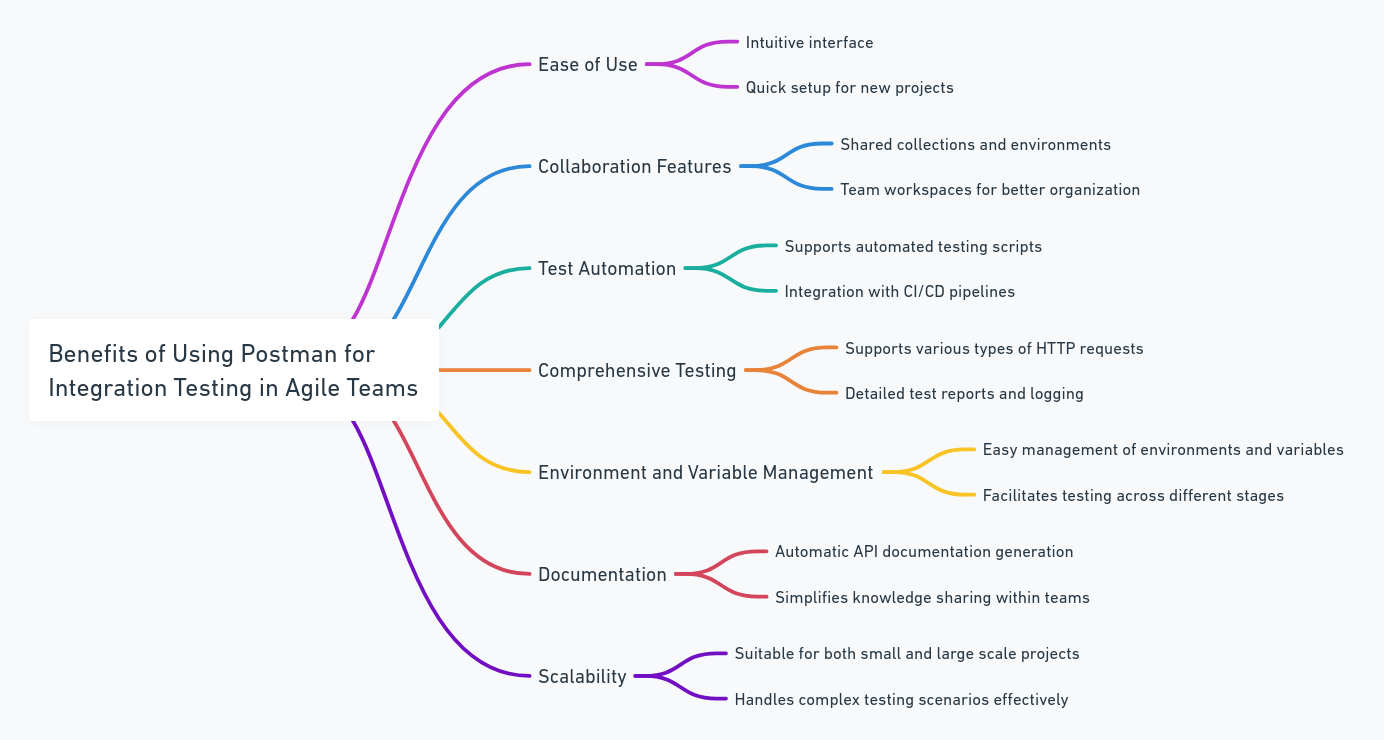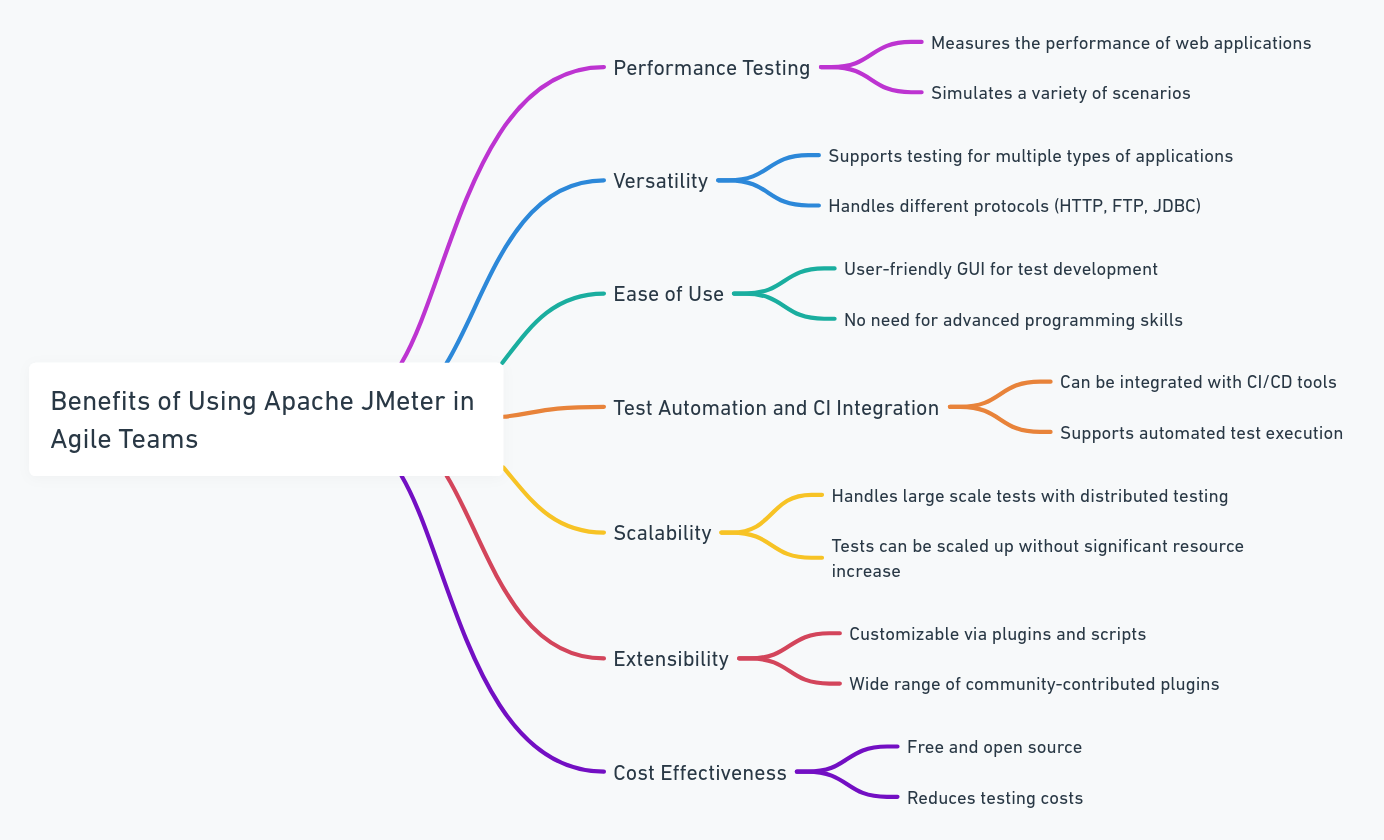Agile development: move fast, break things? Not quite! While agility is all about speed and flexibility, quality can't be left behind. Here's the challenge: ensuring different parts of your software work together seamlessly as you build in sprints. Enter integration testing tools, the secret weapon of agile teams.
These tools are like software matchmakers, verifying that all the components play nicely together. In this blog, we'll unveil the must-have integration testing tools for agile teams, empowering you to build rock-solid software, sprint after sprint.
Integration testing within Agile methodology involves evaluating the interactions between different software components to uncover potential defects early in the development cycle. Unlike traditional methods where testing occurs at the end, Agile integration testing is iterative, occurring continuously throughout development.
This proactive approach aids in identifying and rectifying integration issues swiftly, promoting smoother project progression and enhancing overall product quality.
Integration testing tools are indispensable assets for Agile teams, streamlining the testing process and fostering collaboration among developers, testers, and other stakeholders. These tools automate test case generation, execution, and result analysis, accelerating feedback loops and enabling rapid iteration.
By facilitating continuous integration and delivery pipelines, integration testing tools empower teams to deliver high-quality software at a relentless pace, aligning with Agile principles of responsiveness and adaptability.
Tool 1: Postman
Postman has emerged as a versatile integration testing tool renowned for its user-friendly interface and robust features. Initially recognized as an API development platform, Postman has evolved to encompass comprehensive testing capabilities, making it indispensable for Agile teams seeking efficient integration testing solutions.
Features and Functionalities
Postman boasts an array of features tailored to streamline integration testing processes. From creating and executing automated test scripts to generating detailed reports, Postman offers a suite of functionalities designed to expedite testing cycles and enhance overall productivity.
Its intuitive interface simplifies test case creation and execution, enabling teams to validate API endpoints and assess system interoperability effortlessly.
Use Cases in Agile Development
In Agile development, where rapid iteration and continuous integration are imperative, Postman shines as a reliable testing companion. Agile teams leverage Postman to validate API endpoints, conduct regression tests, and simulate various user scenarios, ensuring seamless integration of software components throughout the development lifecycle.
Its versatility allows for integration with popular Agile tools like Jira and GitHub, fostering collaboration and enabling real-time feedback loops.
Benefits of Using Postman for Integration Testing in Agile Teams

The adoption of Postman yields a plethora of benefits for Agile teams. Its automation capabilities minimize manual intervention, accelerating testing processes and promoting faster time-to-market. Postman's centralized platform facilitates collaboration among cross-functional team members, promoting transparency and alignment across development efforts.
Moreover, its comprehensive reporting features provide valuable insights into test coverage and system performance, empowering teams to make informed decisions and drive continuous improvement.
Tool 2: Selenium WebDriver
Selenium WebDriver stands out as a leading open-source framework for automating web browser interactions, making it a cornerstone tool for integration testing. Its versatility and robustness make it an ideal choice for Agile teams looking to streamline their testing processes.
Key Features and Capabilities
Selenium WebDriver offers a rich set of features tailored for integration testing. Its ability to interact with web elements, simulate user actions, and verify expected outcomes empowers testers to automate complex scenarios efficiently. Additionally, WebDriver supports multiple programming languages, facilitating seamless integration into diverse development ecosystems.
Integration with Agile Development Processes
In Agile development, where rapid feedback and continuous integration are paramount, Selenium WebDriver seamlessly integrates into the iterative development cycle. Its compatibility with popular Agile tools like Jenkins and JIRA enables automated testing within CI/CD pipelines, fostering a culture of quality assurance and enabling teams to deliver value at a relentless pace.
Advantages of Selenium WebDriver in Agile Environments
The adoption of Selenium WebDriver offers several advantages for Agile teams. Its automation capabilities reduce manual effort and accelerate testing cycles, enabling faster delivery of high-quality software increments. WebDriver's cross-browser compatibility ensures consistent performance across different platforms, enhancing product reliability and user satisfaction.
Moreover, its open-source nature and active community support translate to cost savings and continuous innovation, aligning perfectly with Agile principles of adaptability and collaboration.
Selenium WebDriver emerges as a powerful tool for integration testing in Agile environments, offering a robust feature set, seamless integration capabilities, and tangible benefits that drive efficiency and innovation in software development.
Tool 3: Apache JMeter
Apache JMeter stands as a robust open-source tool primarily used for load and performance testing, but its versatility extends to integration testing as well. With its intuitive interface and extensive feature set, JMeter empowers Agile teams to validate system behavior under varying loads and conditions.
Apache JMeter stands as a robust open-source tool primarily used for load and performance testing, but its versatility extends to integration testing as well. With its intuitive interface and extensive feature set, JMeter empowers Agile teams to validate system behavior under varying loads and conditions.
Functionality for Load and Performance Testing
JMeter's core functionality lies in its ability to simulate heavy loads on servers, databases, and network resources, allowing teams to assess system performance and scalability. Its comprehensive set of samplers, listeners, and controllers facilitate the creation of complex test scenarios, enabling teams to identify performance bottlenecks and optimize system responsiveness effectively.
Integration with Agile Methodologies
In Agile methodologies, where rapid iteration and continuous delivery are imperative, JMeter seamlessly integrates into the development lifecycle. Its compatibility with CI/CD pipelines enables automated performance testing within Agile workflows, ensuring that each software increment meets predefined performance criteria before deployment.
Moreover, JMeter's ability to generate detailed reports and metrics facilitates data-driven decision-making, aligning perfectly with Agile principles of transparency and empirical process control.
Benefits of Using Apache JMeter in Agile Teams

The adoption of JMeter offers numerous benefits for Agile teams. Its ability to simulate realistic user scenarios allows teams to proactively identify and address performance issues early in the development cycle, minimizing the risk of performance-related defects in production.
Furthermore, JMeter's scalability and extensibility enable teams to adapt to evolving project requirements and technologies, fostering a culture of continuous improvement and innovation within Agile environments.
Apache JMeter emerges as a valuable integration testing tool for Agile teams, offering robust functionality for load and performance testing, seamless integration with Agile methodologies, and practical performance optimization strategies for real-world applications.
Tool 4: SoapUI
SoapUI is a leading integration testing tool designed to validate the functionality of SOAP and REST APIs. Its user-friendly interface and comprehensive features make it a preferred choice for Agile teams looking to ensure seamless integration of software components.
Features Tailored for Testing SOAP and REST APIs
SoapUI offers a suite of features specifically crafted for testing both SOAP and REST APIs. From creating and executing test cases to generating detailed reports, SoapUI simplifies API testing workflows. Its support for various authentication methods, request parameterization, and data-driven testing enables teams to thoroughly validate API behavior under different scenarios.
Incorporation into Agile Workflows
In Agile workflows, where continuous integration and delivery are essential, SoapUI seamlessly integrates into the development lifecycle. Its compatibility with CI/CD pipelines allows for automated API testing, ensuring that each software iteration meets functional requirements and maintains interoperability with other system components. SoapUI's extensibility through plugins and integrations further enhances its utility within Agile environments.
Advantages and Drawbacks of SoapUI in Agile Development
SoapUI offers several advantages for Agile teams, including its versatility in testing both SOAP and REST APIs, comprehensive test coverage, and extensive reporting capabilities. However, its reliance on scripting for advanced test scenarios may present a learning curve for some team members. Additionally, SoapUI's resource-intensive nature could impact testing efficiency, particularly in large-scale Agile projects.
SoapUI emerges as a powerful integration testing tool for Agile teams, offering tailored features for testing SOAP and REST APIs, seamless integration into Agile workflows, and practical strategies for optimizing API testing efforts.
Tool 5: Mockito
Mockito is a popular Java framework used for mocking and stubbing objects in unit tests. While primarily utilized for unit testing, Mockito also plays a significant role in integration testing by facilitating the creation of mock objects to simulate dependencies within Java applications.
Features for Mocking and Stubbing in Java Applications
Mockito offers a range of features for creating mock objects, stubbing method calls, and verifying interactions between objects. Its intuitive API allows developers to easily mock dependencies, define behavior for method invocations, and verify the interactions between components, making it a valuable tool for testing complex Java applications.
Integration with Agile Testing Strategies
In Agile testing strategies, where iterative development and continuous integration are key, Mockito seamlessly integrates into the testing process. Its lightweight nature and ease of use make it well-suited for incorporating into Agile workflows, allowing teams to quickly create and maintain mock objects to facilitate testing in fast-paced development cycles.
Benefits and Limitations of Mockito in Agile Environments
Mockito offers several benefits for Agile teams, including improved test isolation, faster test execution, and enhanced test coverage. By isolating components under test from their dependencies, Mockito enables developers to focus on testing individual units of code, leading to more reliable and maintainable software.
However, Mockito's reliance on reflection and runtime bytecode manipulation may introduce overhead and complexity in certain scenarios, impacting test performance and readability.
Mockito serves as a valuable tool for integration testing in Agile environments, offering features for mocking and stubbing in Java applications that align well with Agile testing principles. By understanding its capabilities and applying best practices, Agile teams can maximize the potential of Mockito to achieve efficient and reliable testing outcomes.
Ease of Use
When selecting integration testing tools, Agile teams should consider factors such as compatibility with existing workflows, ease of use, community support, and scalability. It's essential to conduct thorough evaluations and trials to ensure that chosen tools align with the team's needs and objectives.
Additionally, fostering a culture of collaboration and knowledge-sharing within the team can enhance the successful implementation of integration testing tools.
You may also be interested in: Top 5 Software Testing Trends 2024 | Best to know
Book a Demo and experience ContextQA testing tool in action with a complimentary, no-obligation session tailored to your business needs.
We make it easy to get started with ContextQA tool: Start Free Trial.
